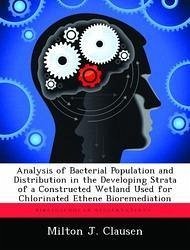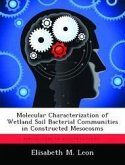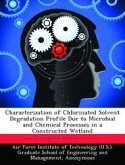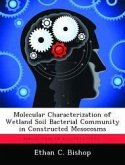Chlorinated hydrocarbons and their degradation products are among of the most common organic groundwater contaminates in the United States. These compounds attack the central nervous system in animals and can affect the photosynthesis of plants. These compounds are also resistant to degradation in the environment and, because of this, pose a risk to any ecosystem in which they are present. This study identified the dominant microbial species in a constructed treatment wetland at Wright-Patterson AFB, Dayton, Ohio using 16S rRNA gene sequence analysis. Samples were taken from three different depths and during each of the four seasons. These samples were compared with similar samples taken from an uncontaminated, control site located at Valle Greene wetland in Beavercreek, Ohio. The intent of the study was to measure differences between the microbial community of the treatment wetland and the control wetland. It was hypothesized that the bacteria found to degrade the materials in the lab would be present in the treatment wetland and has a higher population than a wetland free of contaminants. This hypothesis would help support the idea that the natural attenuation of chlorinated hydrocarbons is due primarily to biological factors.








